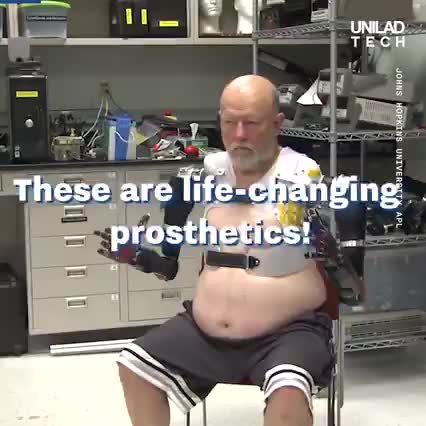The government turned off the money spigot, and now OmegA will never see the light of day.





Check out this amazing video about Synthetic Biology! (Credit: Vasil Hnãtiuk, Denis Sibilev, and Andrei Myshev)


Some thoughts triggered by the death of the mathematician John Conway.
Sorry for the inconvenience, ScientificAmerican.com is currently down for maintenance. Please check back later.

Medically healing nanites and magic spells are one way to get a character back on their feet again, but most characters aren’t packing those kinds of tools in their medical kits. What do authors and readers need to know to keep medical services realistic for the time, place, and overall setting within the story? Our experts share their knowledge on setting bones in space to mixing poultices in the forest to stave off infection in order to keep the healing real. They will also share tips and tricks on realistic wounds, character pain management, and other speculative medicinal practices.


